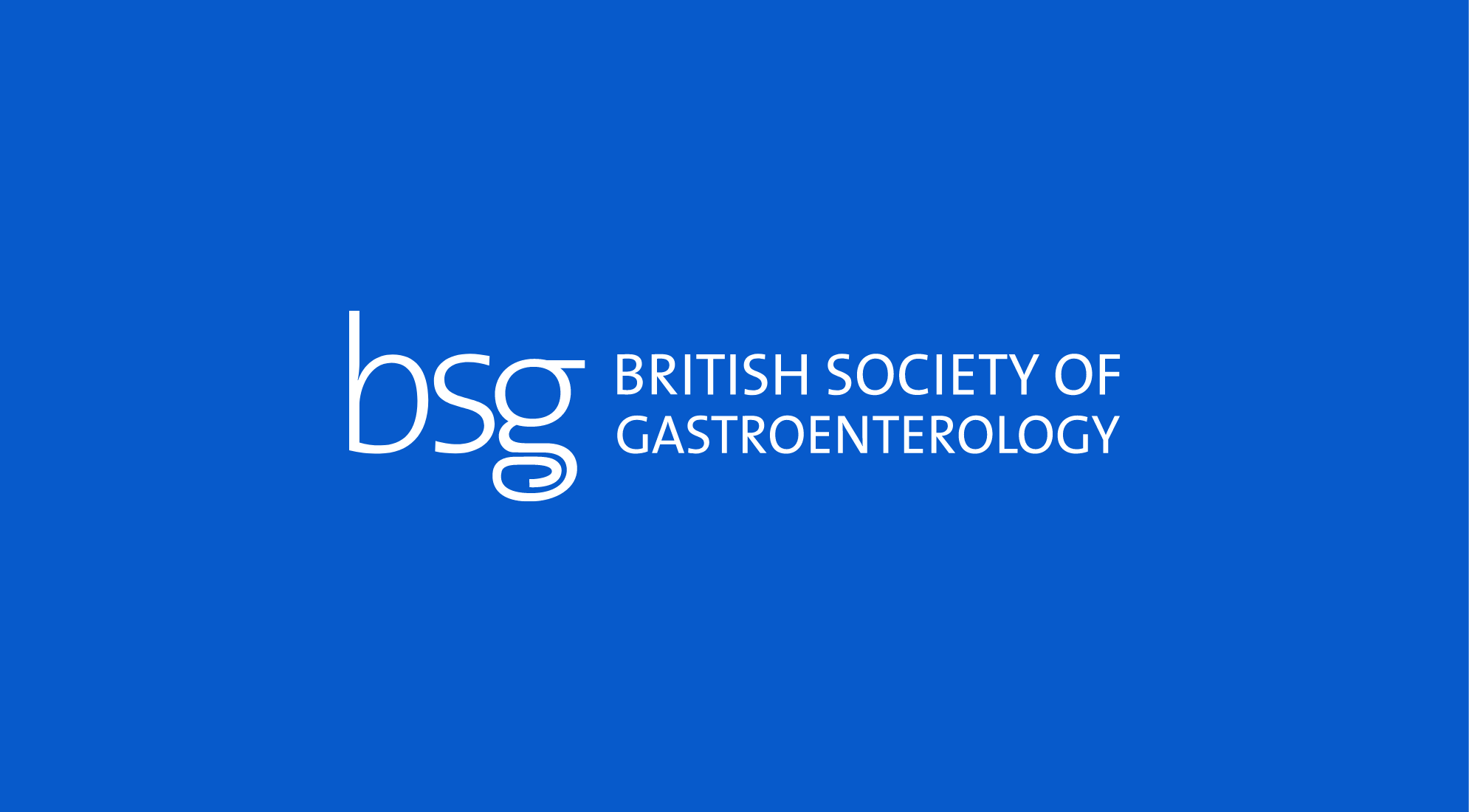ABSTRACT
Objective
This national analysis aimed to calculate the diagnostic yield from gastroscopy for common symptoms, guiding improved resource utilisation.
Design
A cross-sectional study was conducted of diagnostic gastroscopies between 1 March 2019 and 29 February 2020 using the UK National Endoscopy Database. Mixed-effect logistic regression models were used, incorporating random (endoscopist) and fixed (symptoms, age and sex) effects on two dependent variables (endoscopic cancer; Barrett’s oesophagus (BO) diagnosis). Adjusted positive predictive values (aPPVs) were calculated.
Results
382 370 diagnostic gastroscopies were analysed; 30.4% were performed in patients aged <50 and 57.7% on female patients. The overall unadjusted PPV for cancer was 1.0% (males 1.7%; females 0.6%, p<0.01). Other major pathology was found in 9.1% of procedures, whereas 89.9% reported only normal findings or minor pathology (92.5% in females; 94.6% in patients <50). Highest cancer aPPVs were reached in the over 50s (1.3%), in those with dysphagia (3.0%) or weight loss plus another symptom (1.4%). Cancer aPPVs for all other symptoms were below 1%, and for those under 50, remained below 1% regardless of symptom. Overall, 73.7% of gastroscopies were carried out in patient groups where aPPV cancer was <1%. The overall unadjusted PPV for BO was 4.1% (males 6.1%; females 2.7%, p<0.01). The aPPV for BO for reflux was 5.8% and ranged from 3.2% to 4.0% for other symptoms.
Conclusions
Cancer yield was highest in elderly male patients, and those over 50 with dysphagia. Three-quarters of all gastroscopies were performed on patients whose cancer risk was <1%, suggesting inefficient resource utilisation.
Objective
This national analysis aimed to calculate the diagnostic yield from gastroscopy for common symptoms, guiding improved resource utilisation.
Design
A cross-sectional study was conducted of diagnostic gastroscopies between 1 March 2019 and 29 February 2020 using the UK National Endoscopy Database. Mixed-effect logistic regression models were used, incorporating random (endoscopist) and fixed (symptoms, age and sex) effects on two dependent variables (endoscopic cancer; Barrett’s oesophagus (BO) diagnosis). Adjusted positive predictive values (aPPVs) were calculated.
Results
382 370 diagnostic gastroscopies were analysed; 30.4% were performed in patients aged <50 and 57.7% on female patients. The overall unadjusted PPV for cancer was 1.0% (males 1.7%; females 0.6%, p<0.01). Other major pathology was found in 9.1% of procedures, whereas 89.9% reported only normal findings or minor pathology (92.5% in females; 94.6% in patients <50). Highest cancer aPPVs were reached in the over 50s (1.3%), in those with dysphagia (3.0%) or weight loss plus another symptom (1.4%). Cancer aPPVs for all other symptoms were below 1%, and for those under 50, remained below 1% regardless of symptom. Overall, 73.7% of gastroscopies were carried out in patient groups where aPPV cancer was <1%. The overall unadjusted PPV for BO was 4.1% (males 6.1%; females 2.7%, p<0.01). The aPPV for BO for reflux was 5.8% and ranged from 3.2% to 4.0% for other symptoms.
Conclusions
Cancer yield was highest in elderly male patients, and those over 50 with dysphagia. Three-quarters of all gastroscopies were performed on patients whose cancer risk was <1%, suggesting inefficient resource utilisation.
Read More

Position Statements
Inflammatory Bowel Disease
The 2025 British Society for Rheumatology guideline for the treatment of axial spondyloarthritis with biologic and targeted synthetic DMARDs
clinical-resource/BSR-guideline-axial-spondyloarthritis-DMARDs

Guidelines
Liver
British Society of Gastroenterology guidelines for diagnosis and management of autoimmune hepatitis
clinical-resource/Diagnosis-management-of-autoimmune-hepatitis
This guideline was published in October 2024.